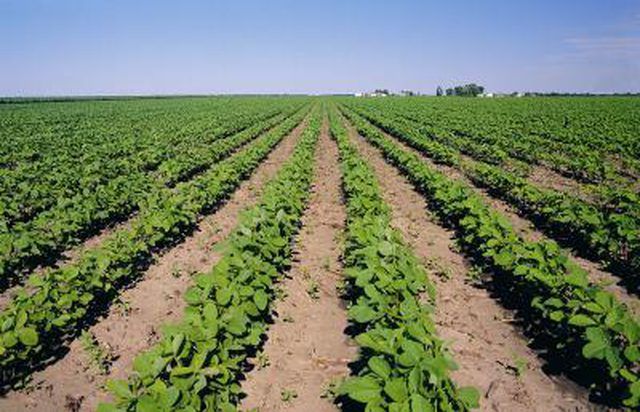Bulbs
Flower Basics
Flower Beds & Specialty Gardens
Flower Garden
Garden Furniture
Garden Gnomes
Garden Seeds
Garden Sheds
Garden Statues
Garden Tools & Supplies
Gardening Basics
Green & Organic
Groundcovers & Vines
Growing Annuals
Growing Basil
Growing Beans
Growing Berries
Growing Blueberries
Growing Cactus
Growing Corn
Growing Cotton
Growing Edibles
Growing Flowers
Growing Garlic
Growing Grapes
Growing Grass
Growing Herbs
Growing Jasmine
Growing Mint
Growing Mushrooms
Orchids
Growing Peanuts
Growing Perennials
Growing Plants
Growing Rosemary
Growing Roses
Growing Strawberries
Growing Sunflowers
Growing Thyme
Growing Tomatoes
Growing Tulips
Growing Vegetables
Herb Basics
Herb Garden
Indoor Growing
Landscaping Basics
Landscaping Patios
Landscaping Plants
Landscaping Shrubs
Landscaping Trees
Landscaping Walks & Pathways
Lawn Basics
Lawn Maintenance
Lawn Mowers
Lawn Ornaments
Lawn Planting
Lawn Tools
Outdoor Growing
Overall Landscape Planning
Pests, Weeds & Problems
Plant Basics
Rock Garden
Rose Garden
Shrubs
Soil
Specialty Gardens
Trees
Vegetable Garden
Yard Maintenance
How to Plant Strawberries in Texas
How to Plant Strawberries in Texas. Strawberries may struggle with the summer heat in east and south Texas, but the state's heat also provides an opportunity for strawberry growers. Fall planting helps to protect strawberries from the worst of the heat, and it also allows Texas gardeners to enjoy a crop of berries earlier than gardeners in much of...

Strawberries may struggle with the summer heat in east and south Texas, but the state's heat also provides an opportunity for strawberry growers. Fall planting helps to protect strawberries from the worst of the heat, and it also allows Texas gardeners to enjoy a crop of berries earlier than gardeners in much of the rest of the country.
Annual vs. Perennial
Strawberries (Fragaria ananassa) are hardy perennials in U.S. Department of Agriculture hardiness zones 5 to 8, which means they're able to survive through multiple growing seasons in north Texas. In USDA zones 9 to 10, however, strawberries are most commonly grown as cool-season annuals; that is, they're planted in the fall, bear fruit in the spring and then are tilled under in the summer to be replaced with new plants the following fall. In central and east Texas, including the Dallas-Fort Worth area, plant strawberries in September; in the hottest parts of south Texas, wait until November. In north Texas, plant in late winter or early spring.
Variety Selection
Spring-bearing strawberry varieties ripen in February in the hotter parts of Texas and as late as June in north Texas. The spring-bearing varieties best suited to growing in Texas include "Chandler," "Sequoia" and "Douglas." Texas gardeners should avoid ever-bearing and day-neutral varieties; these types of strawberry do best in cooler climates and do not fare at all well in Texas, especially in the southern section of the state.
Soil Types and Planting
Strawberries prefer full sun, but they will tolerate some afternoon shade. They also require well-drained soil and perform best in soil that's neutral to slightly acidic, with a pH level between 6.5 and 7. Strawberries are able to tolerate alkaline soils with pH between 7.5 to 7.8, although plants in these soils may suffer from iron deficiency and require supplements.
Plants grow best when planted in raised rows, which help to improve drainage and air circulation. Rows should be spaced 12 inches apart, with individual plants spaced 12 inches apart within the rows. Place the plants deep enough that their roots are fully covered but so that the crown where the leaves emerge is not buried.
Fertilization and Watering
Fertilize with a 15-5-10 fertilizer at planting, mixing about 2 cups of the fertilizer into the soil of each 25-foot row. Switch to a 21-0-0 nitrogen fertilizer for application every three weeks during the growing season, applying about 3/4 cup per row.
Water plants every day for the first two weeks after planting to encourage the establishment of the transplants. Reduce the frequency of watering through the winter, but water enough to keep the soil consistently moist, especially in east and south Texas.